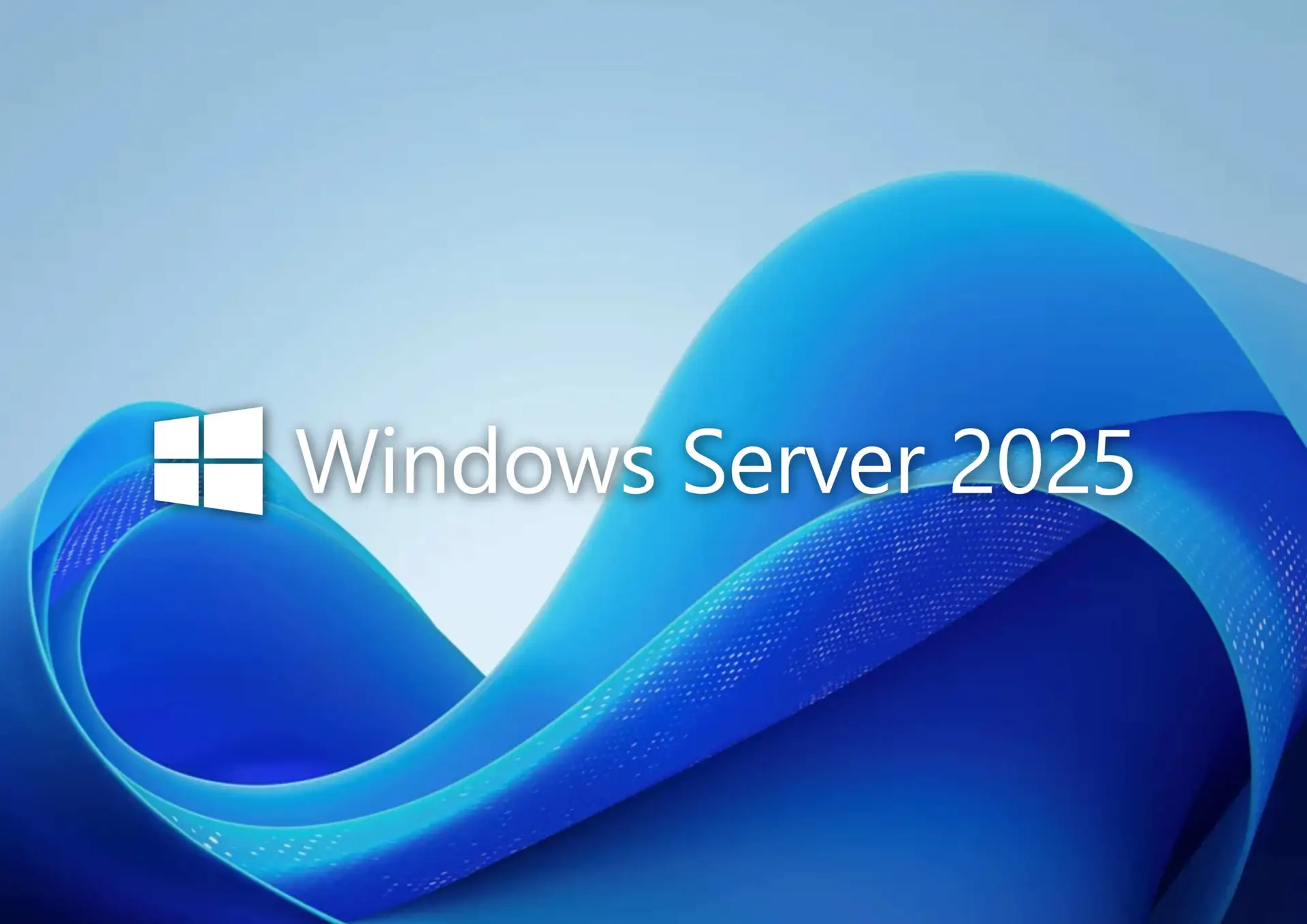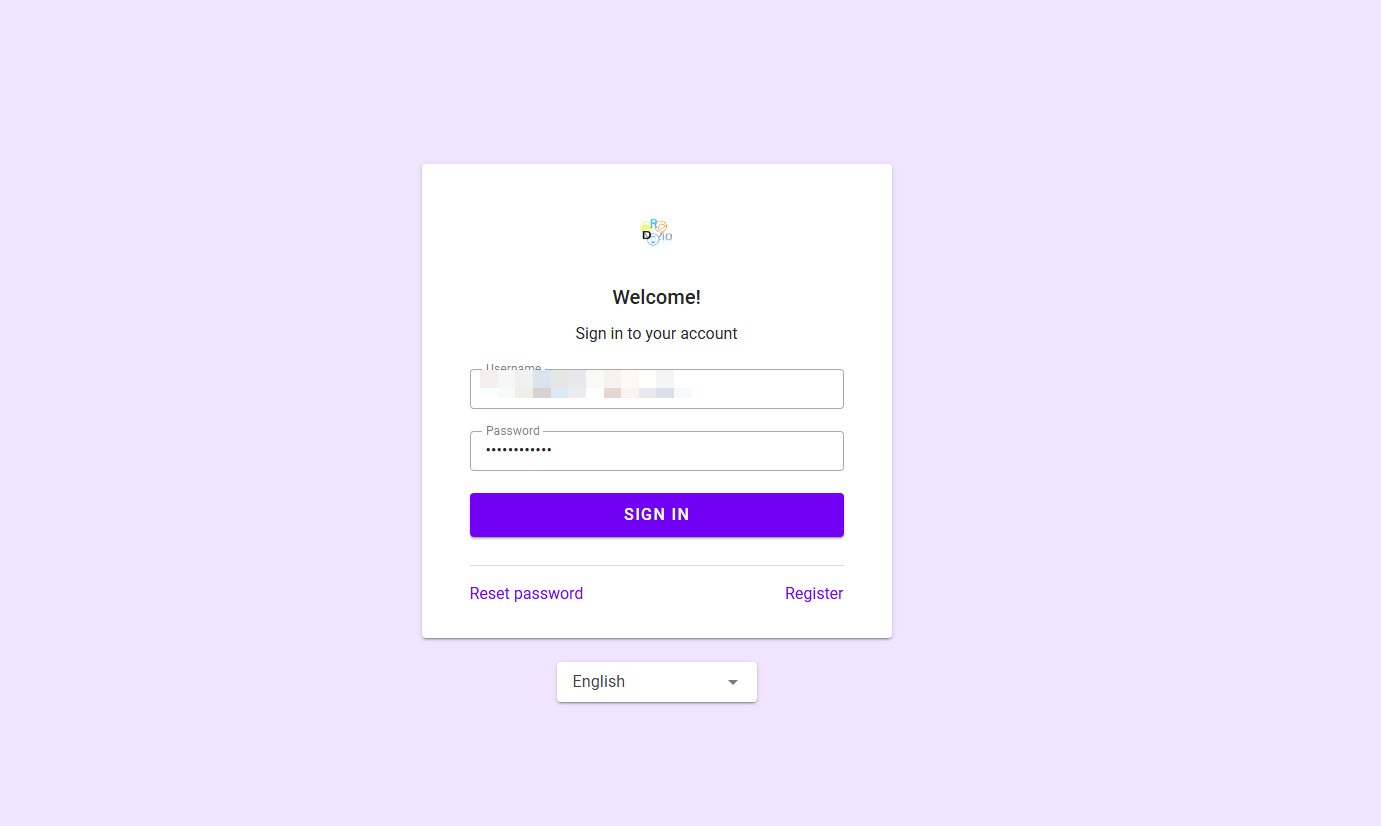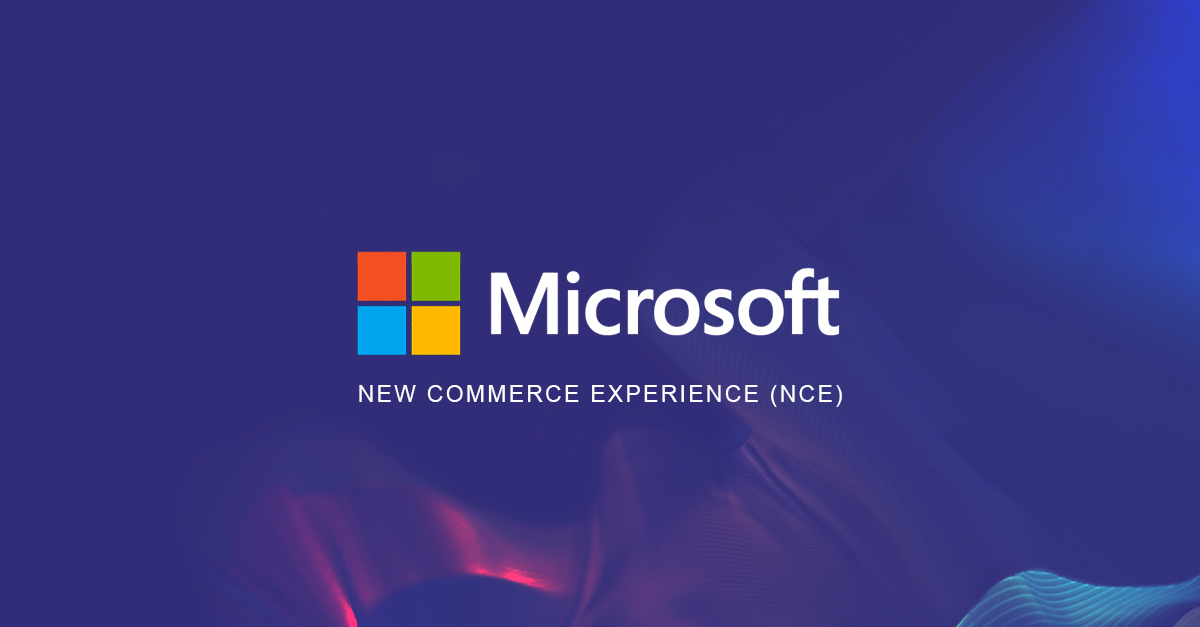Your cart is currently empty!
Windows Server 2025 Released

Windows Server 2025 has been made generally available as of November 1, 2024. The release marks the next long term service release of Windows Server. This release will enable you to deploy apps in any environment, whether on-premises, hybrid, or in the cloud fully. Windows Server 2025 is built on the push towards cloud hybridization of your data but offers the ability to be hosted on site still at the current time.
Advanced multilayered security
In an era where cybersecurity is of utmost importance (see the Microsoft Digital Defense Report 2024 and the Microsoft Threat Intelligence Healthcare Ransomware Report), Windows Server 2025 stands out with a suite of security features designed to safeguard your data and infrastructure. Here are a few key capabilities:

- Active Directory (AD): The gold standard for identity and authentication only gets better with new security capabilities to help fortify your environment against evolving threats with greater scalability and improvements in protocols, encryption, hardening, and new cryptographic support.
- File services/server message block (SMB) hardening: Windows Server 2025 includes SMB over QUIC to enable secure access to file shares over the internet. SMB security also adds hardened firewall defaults, brute force attack prevention, and protections for man in the middle attacks, relay attacks, and spoofing attacks.
- Delegate Managed Service Accounts (dMSA): Unlike traditional service accounts, dMSAs don’t require manual password management since AD automatically takes care of it. With dMSAs, specific permissions can be delegated to access resources in the domain, which reduces security risks and provides better visibility and logs of service account activity.
These advanced security features make Windows Server 2025 a robust and secure platform for your IT infrastructure that you should begin evaluating immediately.

Cloud agility anywhere
Windows Server 2025 introduces several advanced hybrid cloud capabilities designed to enhance operational flexibility and connectivity across various environments. Key features include:
- Hotpatching enabled by Azure Arc: Customers operating fully in the cloud have inherent modern security advantages like automatic software updates and back-up and recovery. Now we’re bringing some of those capabilities to Windows Server 2025 for on-premises customers with a new hotpatching subscription service, enabled by Azure Arc. With hotpatching, customers will experience fewer reboots and minimal disruption to operations. Hotpatching delivers security updates for Azure Arc-enabled Windows Server 2025 Standard or Datacenter running on physical machines, virtual machines, on-premises, or multicloud servers. Hotpatching, currently in preview, will require a monthly subscription. The hotpatching feature remains no additional cost for Windows Server Datacenter Azure Edition virtual machines.
- Easy Azure Arc onboarding: Windows Server 2025 brings Azure’s powerful capabilities directly into your datacenter through Azure Arc. This integration simplifies the onboarding process to Azure’s hybrid features and enhances operational flexibility, allowing you to manage and secure your hybrid and multicloud environments more effectively.
- Software-defined network (SDN) multisite features: The software-defined network (SDN) multisite features offer native L2 and L3 connectivity for seamless workload migration across various locations, coupled with unified network policy management.
- Unified network policy management: This capability allows for centralized management of network policies, making it easier to maintain consistent security and performance standards across your hybrid cloud environment.
These hybrid cloud capabilities make Windows Server 2025 an ideal choice for organizations looking to optimize their IT infrastructure and leverage the benefits of both on-premises and cloud environments.
AI, performance, and scale
Windows Server 2025 is designed to handle the most demanding workloads, including AI and machine learning. Here are some key capabilities:
- Hyper-V, AI, and machine learning: With built-in support for GPU partitioning and the ability to process large data sets across distributed environments, Windows Server 2025 offers a high-performance platform for both traditional applications and advanced AI workloads with live migration and high availability.
- NVMe storage performance: Windows Server 2025 delivers up to 60% more storage IOPs performance compared to Windows Server 2022 on identical systems. (Based on 4K randread using Diskpsd 2.2 with Kioxia CM7 SSd)
- Storage Spaces Direct and storage flexibility: Windows Server supports a wide range of storage solutions such as local, NAS, and SAN for decades and continues to this day. Windows Server 2025 delivers more storage innovation with Native ReFS deduplication and compression, thinly provisioned Storage Spaces, and Storage Replica Compression now available in all editions of Windows Server 2025.
- Hyper-V performance and scale: Windows Server 2025 introduces massive performance and scalability improvements that come from Azure. Windows Server 2025 Hyper-V virtual machine maximums:
- Maximum memory per VM: 240 Terabytes* — (10x previous)
- Maximum virtual processors per VM: 2048 VPs* — (~8.5x previous)
*Requires Generation 2 VMs
Windows Server 2025 delivers major advancements across the board for Hyper-V, GPU integration, Storage Spaces Direct (software defined storage), software-defined networking, and clustering. These improvements make Windows Server 2025 an excellent option for organizations looking for a virtualization solution and for organizations looking to leverage AI and machine learning while maintaining high performance and scalability.
Share:
Sign up to our newsletter
Receive our latest updates about our products & promotions
Related Articles
-
SQL Server 2025: What’s New in the Preview Release and What to Expect
SQL Server 2025 is the next iteration in Microsoft’s flagship database system. It builds upon the…
-
A Brief Overview of Microsoft’s New Commerce Experience (NCE)
Introduction to New Commerce Experience (NCE) The world today is changing constantly at an unprecedented rate.…


 Subscribe
Subscribe








Leave a Reply